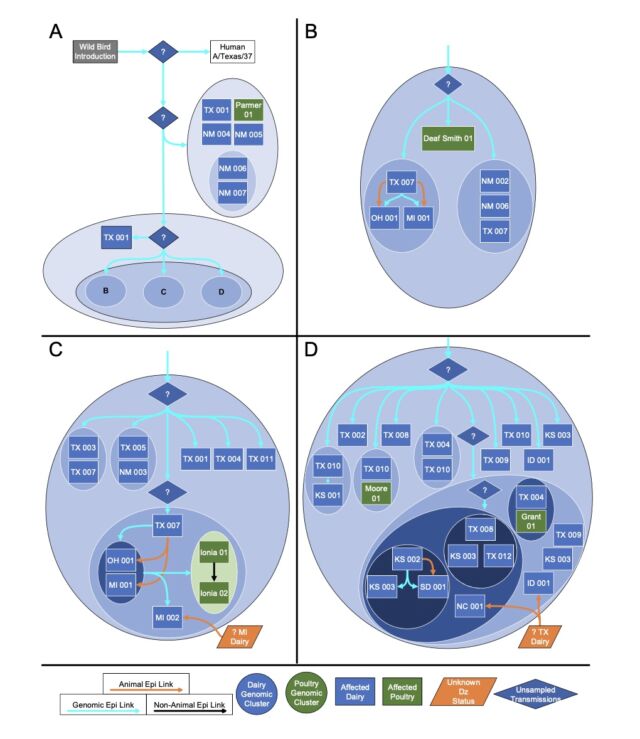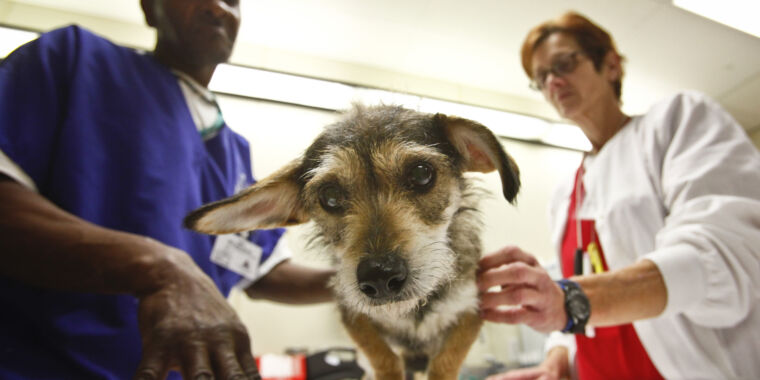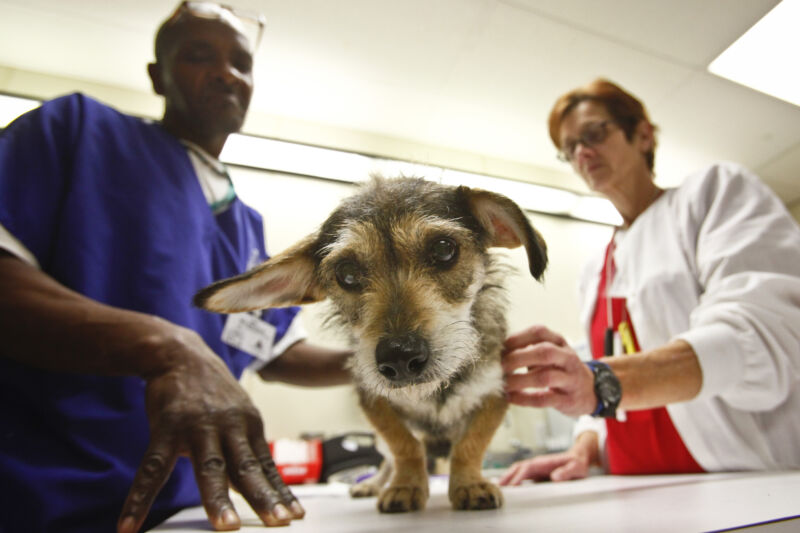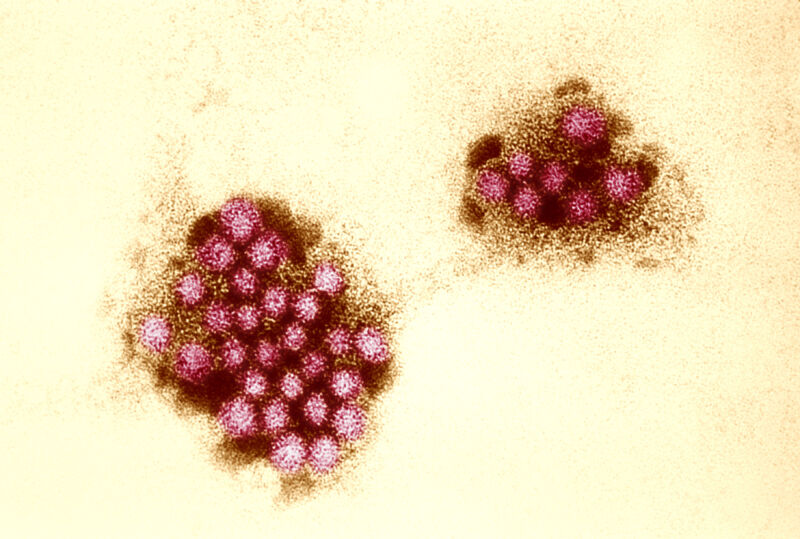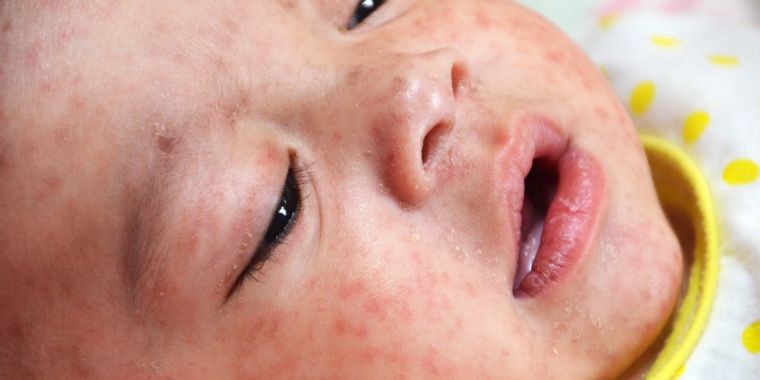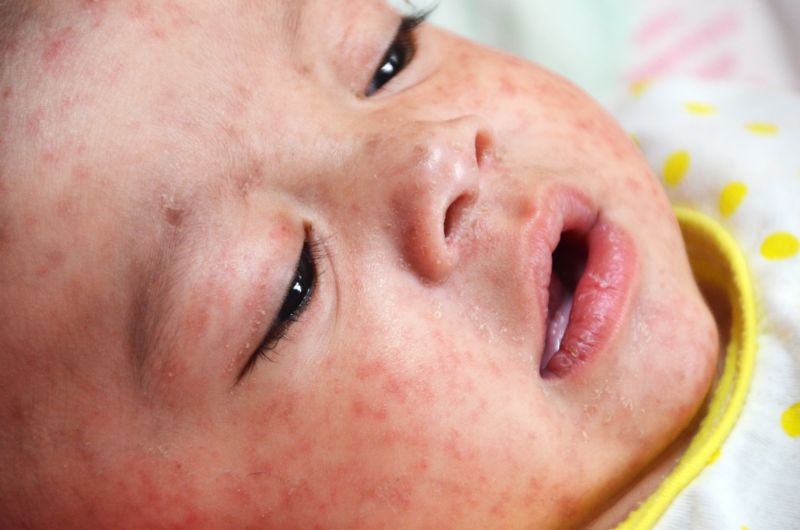Mixup of drinking and irrigation water sparks dangerous outbreak in children
fearsome faucets —
Of 13 children sickened, 7 hospitalized and 2 had life-threatening complications.

Enlarge / A child cools off under a water sprinkler.
In 1989, a city in Utah upgraded its drinking water system, putting in a whole new system and repurposing the old one to supply cheap untreated water for irrigating lawns and putting out fires. That meant that the treated water suitable for drinking flowed from new spigots, while untreated water gushed from the old ones. Decades went by with no apparent confusion; residents seemed clear on the two different water sources. But, according to an investigation report published recently by state and county health officials, that local knowledge got diluted as new residents moved into the area. And last summer, the confusion over the conduits led to an outbreak of life-threatening illnesses among children.
In July and August of 2023, state and local health officials identified 13 children infected with Shiga toxin-producing Escherichia coli (STEC) O157:H7. The children ranged in age from 1 to 15, with a median age of 4. Children are generally at high risk of severe infections with this pathogen, along with older people and those with compromised immune systems. Of the 13 infected children, seven were hospitalized and two developed hemolytic uremic syndrome, a life-threatening complication that can lead to kidney failure.
Preliminary genetic analyses of STEC O157:H7 from two of the children suggested that the children’s infections were linked to a common source. So, health officials quickly developed a questionnaire to narrow down the potential source. It soon became clear that the irrigation water—aka untreated, pressurized, municipal irrigation water (UPMIW)—was a commonality among the children. Twelve of 13 infected children reported exposure to it in some form: Two said they drank it; five played with UPMIW hoses; three used the water for inflatable water toys; two used it for a water table; and one ran through sprinklers. None reported eating fruits or vegetables from home (noncommercial) gardens irrigated with the UPMIW.
The report on the investigation, published in the Centers for Disease Control and Prevention’s Morbidity and Mortality Weekly Report, did not name the city in Utah. But press releases from a county health department identified the affected city as Lehi, about 30 minutes south of Salt Lake City.
Further genetic testing of STEC O157:H7 isolates linked all of the children’s infections together, as well as to water from five of nine UPMIW exposure sites and samples from the reservoir where the irrigation water is sourced. Microbial source tracking indicated that the contamination could have come from the feces of birds or ruminants.
The county health department and the city put out press releases and informational mailers. They warned residents about the risks of UPMIW, telling them not to drink it or let children play in it. “Do not use irrigation water for bounce houses, pools, slip-n-slides, or any other recreational activities. It is common for children to swallow or get water in their mouths while playing.”
The notices also said that the CDC recommended against watering lawns with the water, though the county advised residents to merely “use caution” when allowing children to play on grass irrigated with UPMIW. “Keep an eye on them,” the advisers warned, and try to prevent them from putting their hands or anything from the lawn in their mouths. “E. coli is hardy and can stick.”
This is not the first time that irrigation water has been linked to outbreaks. In 2010 and 2015, two other Utah cities reported campylobacteriosis outbreaks linked to cross-connections between UPMIW and drinking water lines.
The researchers say such outbreaks can be avoided by efforts to prevent contamination in irrigation water, such as treating water, cleaning reservoirs, and covering them. And, of course, clearly labeling irrigation water and keeping residents informed about its dangers are key to preventing infections.
Mixup of drinking and irrigation water sparks dangerous outbreak in children Read More »




